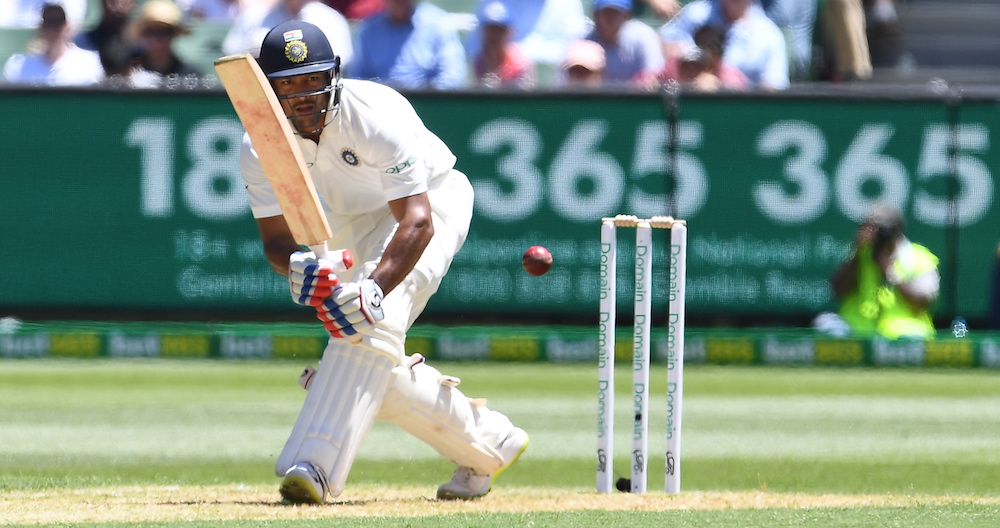India extended their dominance against South Africa on day two of the 1st Test as Mayank Agarwal reached his maiden ton, India moved past 300 and Quinton de Kock stumped Rohit Sharma on 176, writes Khalid Mohidin.
India won the first session on day two of the first Test against South Africa.
Agarwal took over 200 balls to reach his 100, but never looked troubled in the middle.
The Proteas bowlers continued to search for wickets, and India continued to have the answer for every delivery they faced.
The seamers were not getting any purchase out of the wicket and India coped with everything that the Proteas spinners threw at them.
The Proteas spinners lacked consistency, they presented too many boundary opportunities to the India batsmen. In fact India there were 16 fours and 2 sixes scored in the first session, too many for South Africa to apply pressure on India.
In difficult subcontinent conditions, consistent lines and lengths are key, and South Africa’s spinners lacked this.
One of the stand out moments was a negative one for the Proteas – it was De Kock dropping Rohit Sharma on 125 when he was standing up to the stumps to Vernon Philander.
Rohit’s attacking approach complimented Agarwal’s dogged approach, which is a lesson the Proteas can take when their openers get the chance to bat.
Rohit also brought up 150 in 224 balls as the Proteas continued to toil in the India heat.
Arwal produced a classy six over midwicket for an impressive catch in the crowd as the India spinners continued to target Dane Piedt as they did on day one.
The Proteas finally got the breakthrough when De Kock stumped Rohit for a well-played 176 off 244 balls off the bowling of Keshav Maharaj.
This ended a partnership of 317 – the highest partnership by an India pair against South Africa in India. This eclipsed Virender Sehwag and Rahul Dravid’s 268-run partnership against South Africa in Chennai in 2008.
India (1st innings) 324/1 – Mayank Agarwal (138*), Rohit Sharma (176); Kagiso Rabada (0/47); Keshav Maharaj (1/121)
Photo: EPA/Julian Smith











